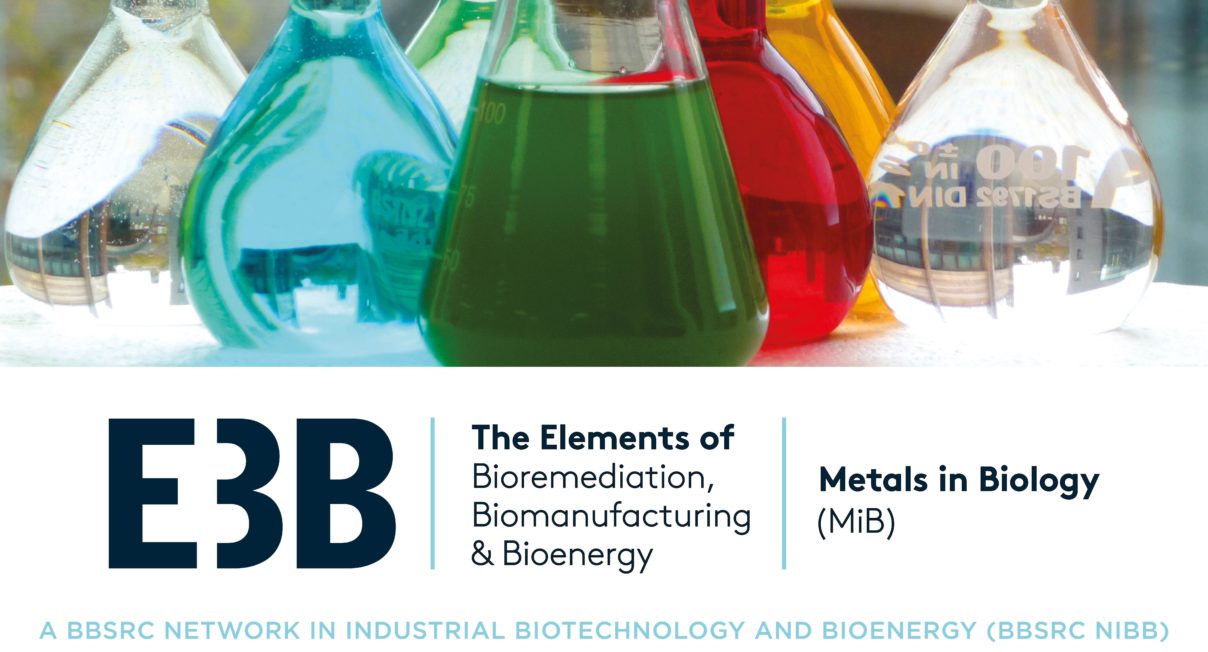Metalation Calculator: Background and Assumptions
Metalation Calculator: Background and Assumptions
Some examples of how predictions of the calculator can be used.
- To identify metal-specificity
- To infer mis-metalation
- To reveal erroneous metal affinity measurements
- To suggest where metal availabilities may differ from calculator values
- To indicate where additional mechanisms assist metalation
To access the calculator: https://mib-nibb.webspace.durham.ac.uk/metalation-calculators/
For more information, to learn about the background, assumptions and constraints of the calculator refer to the cited publications and/or contact [email protected] either for advice or to report issues that we can use to improve the calculator:
- Foster, A.W., Clough, S.E., Aki, Z., Young, T.R., Clarke, A.R. and Robinson, N.J. Metalation calculators for E. coli strain JM109 (DE3): aerobic, anaerobic, and hydrogen peroxide exposed cells cultured in LB media. Metallomics 14(9) mfac058 (2022) https://doi.org/10.1101/2022.05.06.490408
- Young, T.R., Martini, M.A., Foster, A.W. et al. Calculating metalation in cells reveals CobW acquires CoII for vitamin B12 biosynthesis while related proteins prefer ZnII. Nat Commun 12, 1195 (2021). https://doi.org/10.1038/s41467-021-21479-8
- Osman, D., Martini, M.A., Foster, A.W. et al. Bacterial sensors define intracellular free energies for correct enzyme metalation. Nat Chem Biol 15, 241–249 (2019). https://doi.org/10.1038/s41589-018-0211-4
- Andrew W. Foster, Tessa R. Young, Peter T. Chivers, Nigel J. Robinson Protein metalation in biology. Current Opinion in Chemical Biology (2022) 66:102095. https://doi.org/10.1016/j.cbpa.2021.102095
The calculator predicts metal occupancies based upon a population of intracellular metal-buffering sites at thermodynamic equilibrium with the molecule of interest. The magnitude of disparities from these predictions can thus be used to establish the magnitude of additional kinetic contributions to metal-specificity, for example mediated by proximity to metal-donors and specific interactions with delivery proteins.
The calculator works on the assumption that the molecule of interest is not sufficiently abundant for metal binding to significantly deplete the buffered available metal pool.
Metal availabilities are based upon a thermodynamic calibration of the metal sensors from Salmonella (and by inference E. coli), initially under idealised conditions where it is modelled that the sensors for each metal are poised at the mid-points of their dynamic range. It is anticipated that these values will be iteratively refined in future, for example under specific growth conditions and using additional technical approaches.
The calculator assumes a 1:1 metal complex with a preformed metal site on the molecules of interest. It cannot predict occupancies for ‘metal-dependent assemblies’ in which the ligands are derived from more than one molecule. It is anticipated that future iterations of the calculator will be developed for complexes where affinities are reported as βvalues in M-2. Notably, the degree of metal binding to such complexes will be dependent upon intracellular ligand concentrations.
It is anticipated that in the future metal availabilities will be refined for cell types other than Salmonella (and E.coli), either via bespoke calibration of metal sensors from other strains or through use of other approaches to estimate metal availability. Simulations using the early versions of calculator may indicate where availabilities are liable to depart from those estimated for Salmonella (and E. coli).
Some commonly used strains of E. coli (for example BL21 protein expression strains) are mutated in several genes involved in metal homeostasis. It is anticipated that bespoke versions of the calculator will be generated for these strains.
There is a view that many reported metal affinities of proteins are incorrect and the following article provides a guide to such measurements: Tessa R. Young, Zhiguang Xiao; Principles and practice of determining metal–protein affinities. Biochem J 12 March 2021; 478 (5): 1085–1116. doi: https://doi.org/10.1042/BCJ20200838.
Recent Posts
- BBSRC Industrial Biotechnology Evaluation
- BBSRC Strategy Advisory Panels (SAPs)
- Mission Innovation: Integrated Biorefineries collaboration platform now available
- Invitation to participate in BBSRC’s Forward Look for UK Bioscience 2024 Community Consultation
- METABOLIC MODELLING WORKSHOP 9th December 2024 – 13th December 2024
